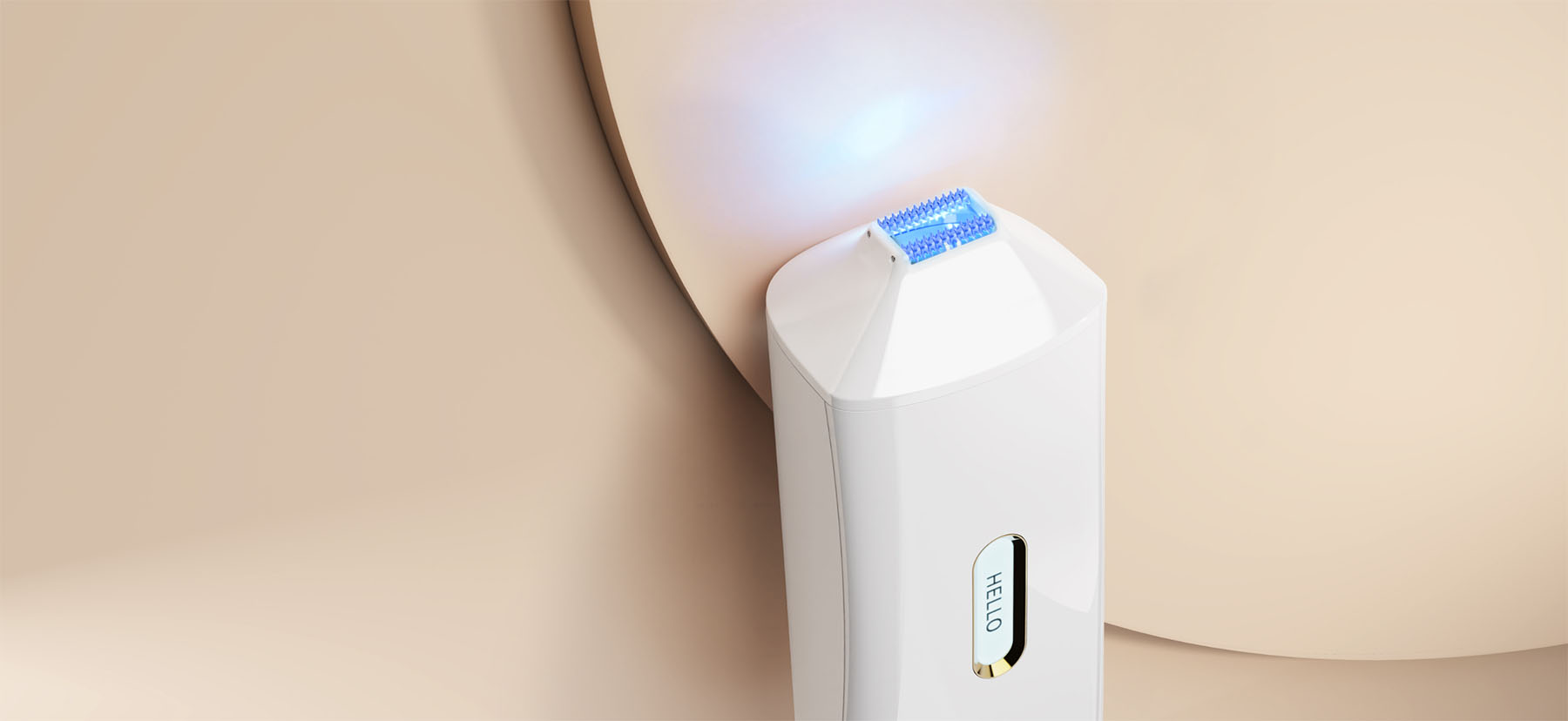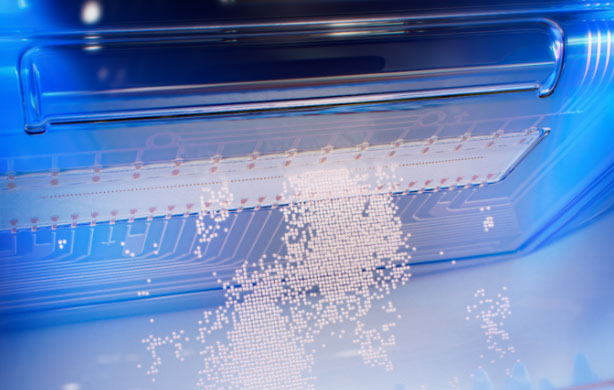
Blue light
How OPTE detects hyperpigmentation
By utilizing blue light, the contrast in skin melanin between the spot and normal skin is enhanced as it scans, allowing the camera to see more pigmentation than the naked eye.
Why do imperfections show up best under blue light?
Melanin, the pigment in skin consists of yellow/orange tones which are opposite to blues on the color wheel. Imperfections are thus highlighted best under blue light while yellow light tends to hide blemishes.
How Much Blue Light Exposure Do My Eyes Get In A Single Use?
The amount of blue light your eyes are exposed to in a single use of OPTE (during a 5-minute usage period and used as directed) is equivalent to one minute of ordinary sunlight.
Skin Safety Questions
Is the blue light in OPTE harmful to my skin? will it cause sunburn or skin cancer?
- The types of light that present a concern for skin safety with respect to skin damage, skin aging, and skin cancer are in UV range (wavelength range of 100nm-380nm)
- The blue light in the OPTE device has a wavelength of 470nm and is thus not considered a concern for skin safety
Eye Safety Questions
Is the blue light in OPTE harmful to my eyes? What if I accidentally shine it in my eyes?
- Recent UL testing of the blue light source using the international photobiological safety testing standard (IEC 62471) assigned OPTE as:
- The lowest possible “exempt” classification
- Presenting no photobiological hazard
- Therefore, if you accidentally shine the light in your eye it would not be considered hazardous
- In fact, you would have to stare at the light for 10,000 seconds (more than 2.5 hours) uninterrupted for it to be considered to be an eye hazard according to the UL test results
